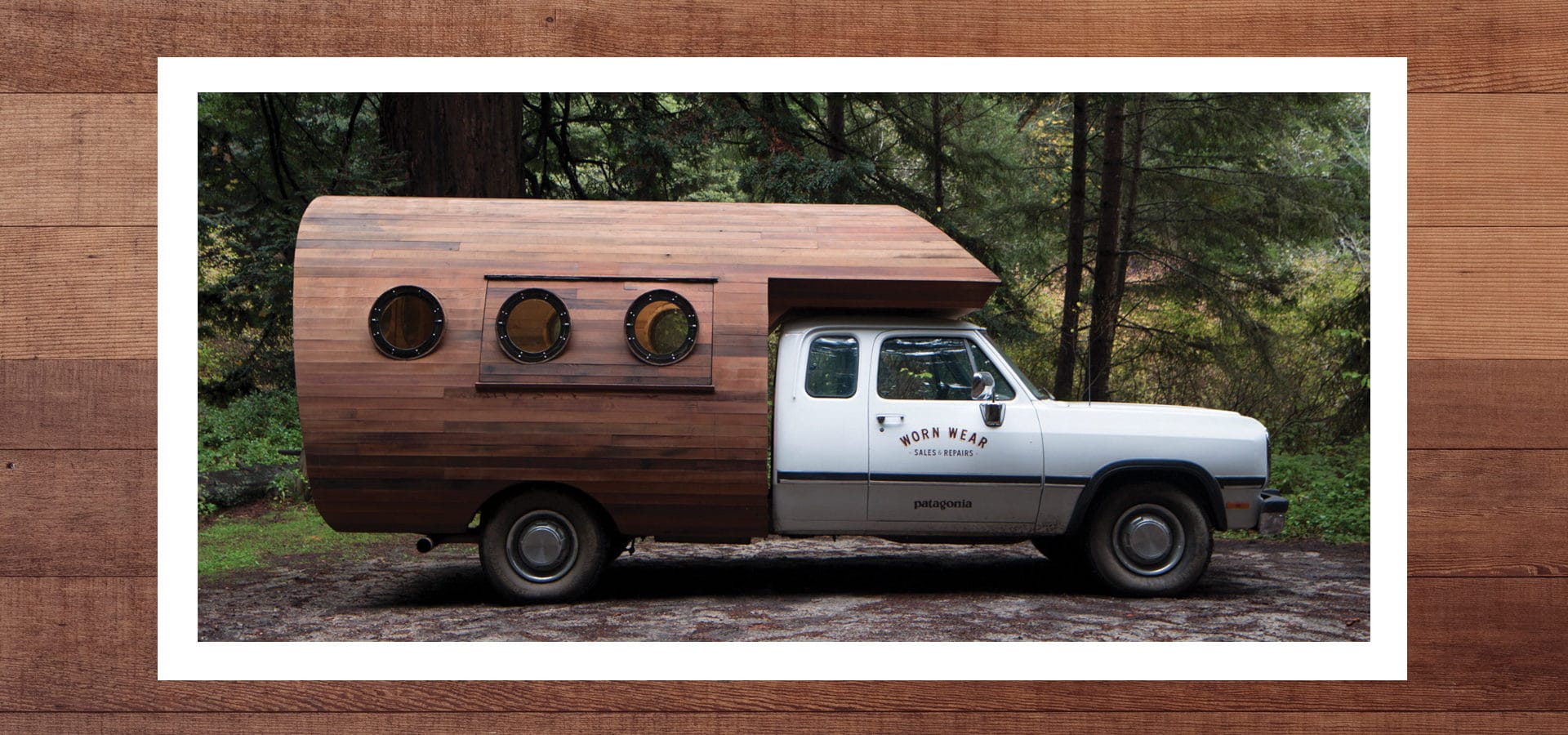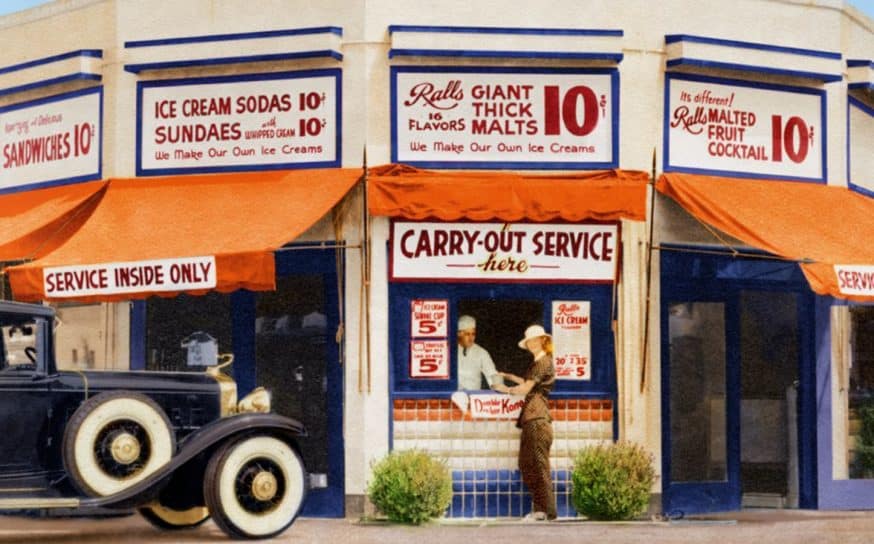Builder and Creative Jay Nelson Finds Joy Doing Things in His Own Time
The long way.
-
CategoryArchitecture, Artisans, Design, Homes + Spaces, Makers + Entrepreneurs
-
Written byTanya Monaghan
Jay Nelson has a tactile approach to life. His unique art is of the earth—rooted in nature. It is beautiful, slow and über-functional. As a towheaded surfer kid growing up in Palos Verdes, he played in and built tree houses when the waves weren’t firing. He also built forts, skate ramps and cliff dwellings with scraps of wood.
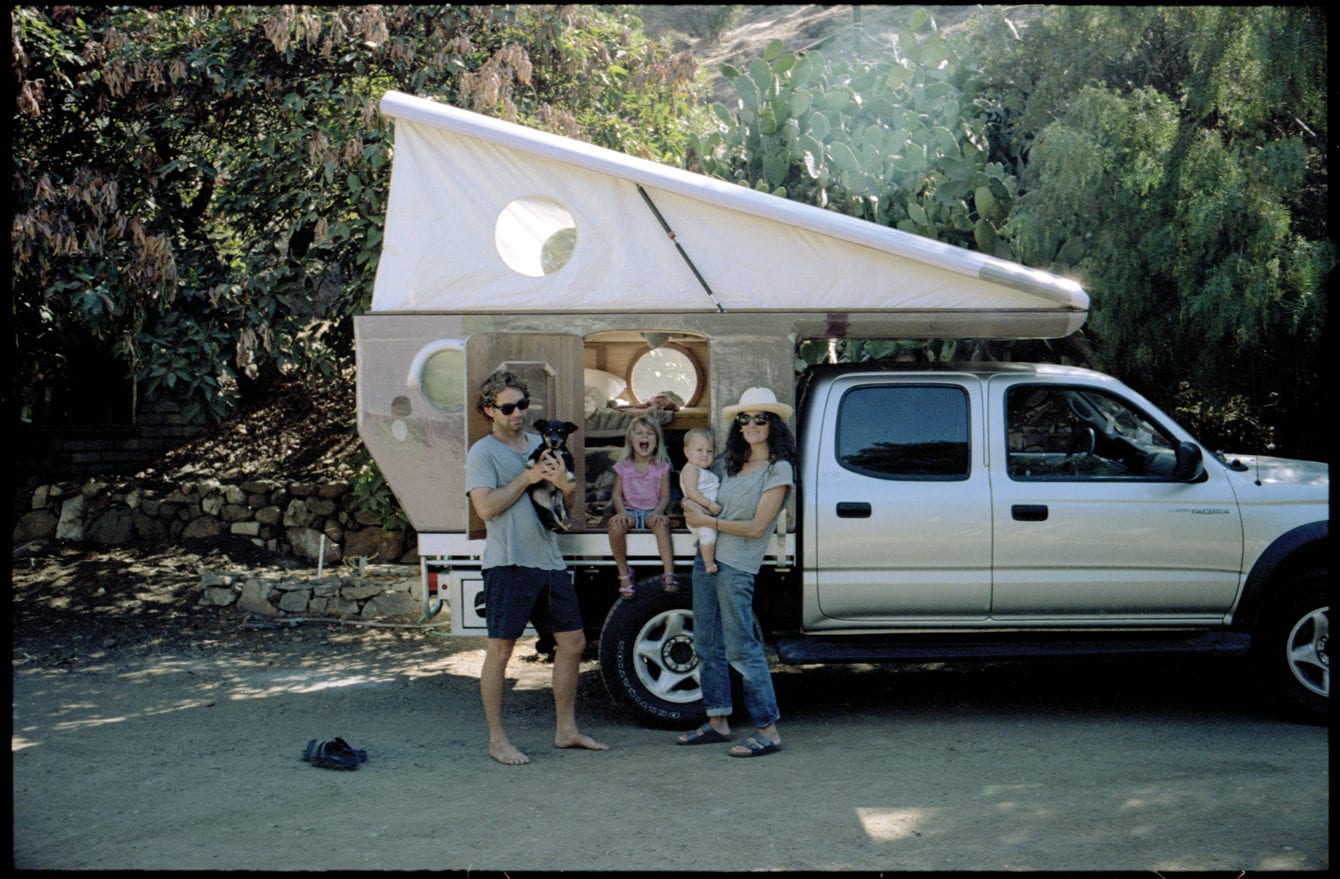
But at age 13, those carefree, sun-drenched days in the surf and dirt came to a screeching halt when he was diagnosed with Hodgkin’s lymphoma. That was when his art transformed from play to pure escape.
Jay was homeschooled in eighth grade while he underwent treatment for his cancer. By the end of the summer, he was cancer-free and able to attend high school. “Looking back on it now, it appears to be a short time. But those months of treatment felt like years,” he shares.
Always confident artistically, Jay took ceramics and fine art classes for his electives in school, which gave him a foundation for the trajectory his life would take. Though interested in architecture, he felt he couldn’t relate to the seemingly buttoned-up, clean, almost corporate culture of it. At his core, he loved to get his hands dirty—the messier, the better. He studied fine art at the California College of the Arts in San Francisco, earning a BFA followed by an MFA from Bard College in New York.
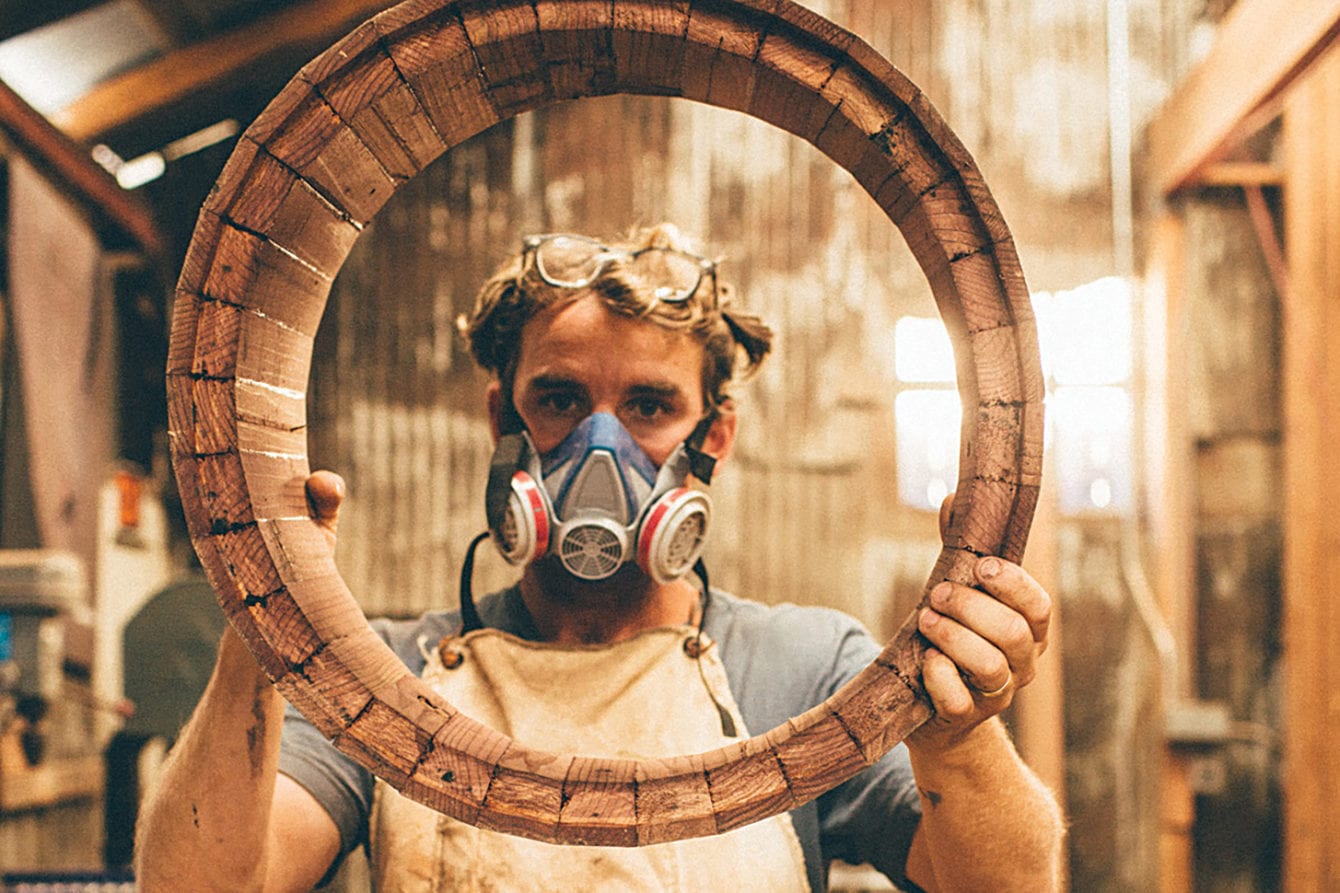
Jay did pretty well after college, selling his artwork and continuing to build. He connected with a hip gallery, which was a huge help. His best sellers were large-scale landscapes made from intricately detailed pencil drawings. At some level, Jay regretted not pursuing architecture sooner. But it is the circuitous route to ultimately finding it that set him apart and added to his success.
He fell into architecture by building elaborate tree houses and cabins in friends’ backyards. That work eventually evolved into people wanting him to build tree house-inspired homes.

Jay has an old-school approach to everything he does. He draws his ideas and plans in pencil and paper, then outsources the design to others to transfer to CAD (computer-aided design). He may not be as advanced technologically as some architects, but the innate and raw artistic talent Jay possesses is something that not many people can learn.
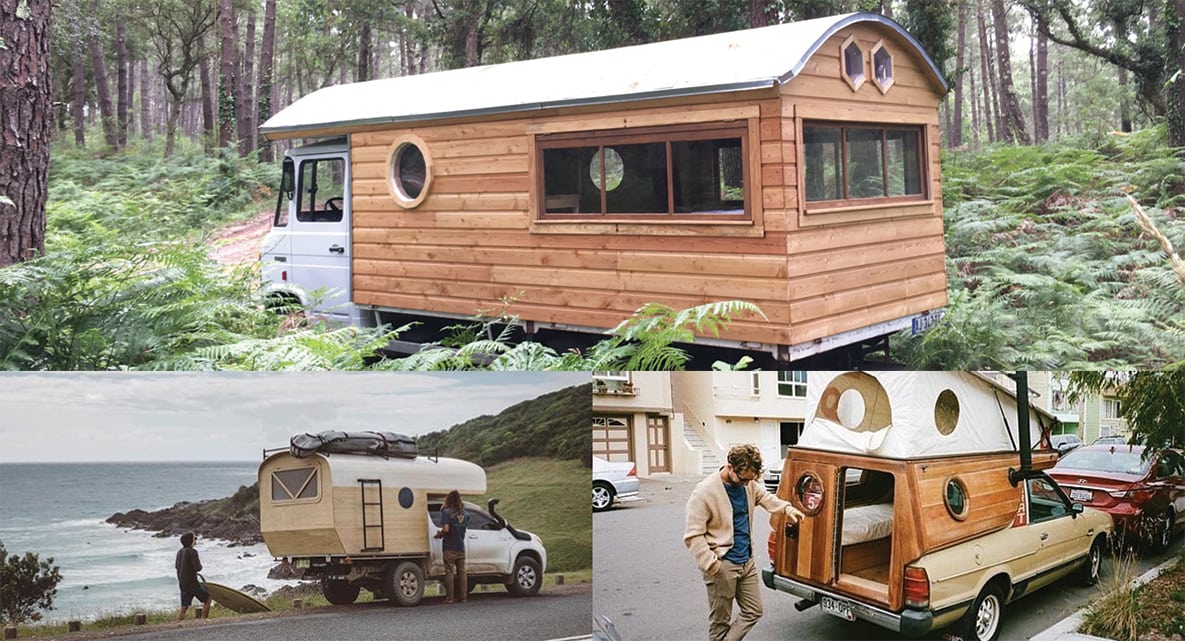
“The way I have come to architecture is kind of a good thing,” he says. “I went the long way around. I am approaching it more as an artist than an architect or designer. I seek out architects who started as artists. Their architecture usually isn’t very practical; it’s more sculptural and experiential and beautiful to look at.”
In 2010 Jay had another health scare: A tumor was found on his spine, and he had to undergo critical spinal surgery. He got through it, and right after his surgery he married his longtime girlfriend, Rachel Kaye—a renowned artist herself. The timing was perfect, as the newly married couple was accepted into an artist residency in beautiful Marin—north of San Francisco—where the pair painted every day for two months.
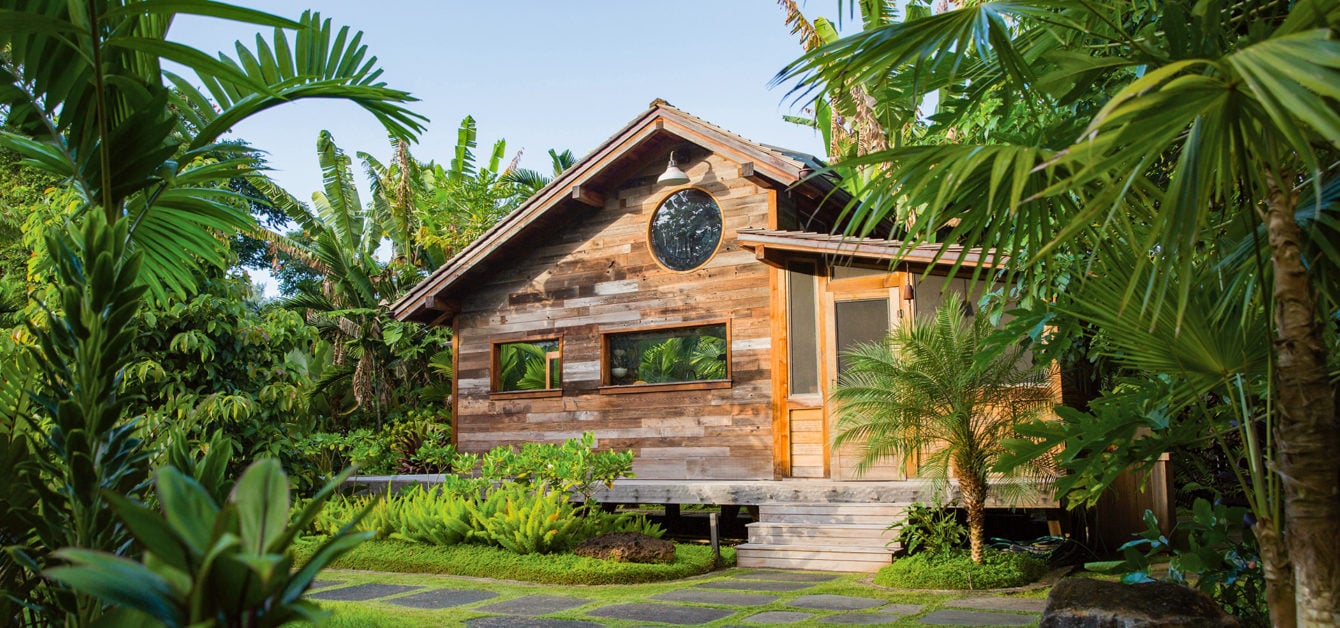
It was this experience that solidified Jay’s idea of being an artist. In the past he occasionally took odd jobs to get by. But now he knew this was all he wanted: to create.
He built a camper onto his car so he could take off from San Francisco at the drop of a hat to surf the coast. In contrast with the metal and machinery of the car it was built on, Jay’s camper was organic—made entirely from wood. He knew he was on to something when word got out and commissions started rolling in, including an incredible custom-built camper for the surfing great Rob Machado.
This work is incredibly personal for Jay, as he thinks of these campers as unique portraits. “I feel like they describe a person better than any portrait could,” he says. “I guess that’s why I do it.”
This hobby turned into a business when Patagonia reached out and commissioned several campers. That led to Facebook offering Jay a yearlong artist residency where he designed experiential meeting rooms. Doing work for companies like Facebook and Patagonia helped boost his profile. Things were going well, so the young couple decided to stay and make a home in San Francisco.

Jay describes his aesthetic as “hippie mid-century.” He works mainly with natural materials and loves to show the framing with exposed posts and beams. Rachel and Jay reworked their old Victorian home in Ocean Beach in the same fashion. Jay tore it down to the studs, took out some walls and put in a porthole window that peeks into the back garden filled with succulents and stacks of reclaimed wood, as well as a light-filled artist studio where the two can work alongside each other.
He takes an intentionally slow approach to life. Even the way he likes to learn or do research is old school. While most gravitate toward the internet, Jay turns to paper. “It doesn’t feel healthy looking at my phone, and I feel guilty when I look at my phone while my kids are around. But when I am looking at a book, I feel good about myself.”
Jay owns a prolific collection of books and magazines from the ’60s and ’70s. He also keeps a stack of Sunset magazines with DIY features and a shelf of books with diagrams on how to build all sorts of things. “That’s where I get a lot of my influence from,” he says. “I try and look back.”
One of Jay’s favorite first projects was a tree house he built for a dream client in Mill Valley. She gave him free rein—no budget or time constraint. It took him two years, but the final product was worth the wait. He also built a treehouse in Mollusk Surf Shop after owner John McCambridge saw the overwhelmingly positive reaction to one of Jay’s projects in an art show.

Another highlight was building a dream home for filmmaker Jess Bianchi and jewelry designer Malia Grace Mau in a remote area on the north shore of Kauai. It has been described as “a modern Swiss Family Robinson compound” that reflects the spirit of its well-traveled, creative owners. This home blends Jay’s craftsmanship into the landscape with his use of natural materials and mindfulness of the environment that surrounds it.
Designing a two-story home on a 50,000-acre ranch on the island of Molokai is Jay’s next exciting project. He will take his family to live there for four months while he works on it. His inspiration comes from some of the homes he has seen in Big Sur, which shares a similar landscape. He will be working on maximizing the views with lots of glass. “I have always liked houses where you can see through them.”
Jay has worked on additional projects for brands like Subaru, making a boat from scratch in Ventura. This yearlong project will be documented with a film and book appropriately called The Long Way. He would like to do more of these “client-less” projects, but first he would love to build his own cabin in the mountains.
He describes his ideal process: “I want to mill the wood and only use recycled wood that we find in the forest.” He built a few like that for a friend in northern San Francisco, using redwood logs and any other wood they found, which they milled onsite.
“I have built all these small structures. Now I’m making them larger scale but keeping the same spirit of small,” he says. “Every aspect is thought out and considered, with no excess. Personally, the perfect size home for a family of four is between 1,000 and 1,400 square feet. There is something nice about a more intimate living environment.”
Whether painting, building tree houses or homes, or designing boats or customized automobiles for surf travel, Jay stays true to himself, his art and his way of life. Now more than ever, his slow and steady approach has never looked more desirable.
San Francisco’s Graham Norwood “Collapses to Zero” with First Single
The singer/songwriter’s debut album Out Of The Sea will be released January 31.
How California “Monstrosities” Became Architectural Icons
The era of roadside attractions gets a colorful new tome in California Crazy.
Get the Latest Stories




